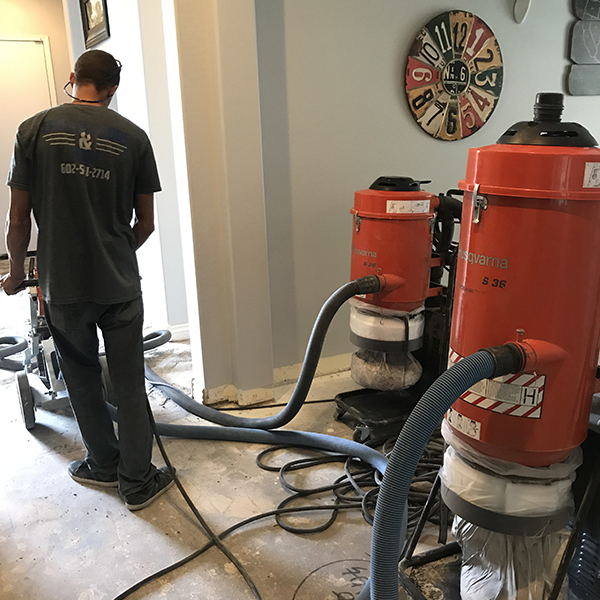
What is Glue (Adhesive)?
What is Glue (Adhesive)?
Adhesive, often known as glue, cement, mucilage, or paste, is any nonmetallic material that binds two distinct things together and resists separation.
Adhesives have benefits over conventional binding processes such as stitching, mechanical fastenings, and welding. These benefits include the capacity to bind diverse materials together, more efficient stress distribution across a joint, the cost-effectiveness of an easily automated process, and better design freedom. Adhesive usage has disadvantages such as lower stability at high temperatures, relative weakness in connecting big items with a tiny bonding surface area, and increased difficulty detaching objects during testing. Adhesives are normally grouped by adhesion mechanism, followed by reactive or non-reactive, a word that refers to whether the adhesive chemically reacts to harden. Alternatively, they can be classified according to their initial physical phase or if their raw stock is natural or manufactured.
Adhesives can be found naturally or synthesized. Around 200,000 years ago[4,] Neanderthals used tar from the dry distillation of birch bark to bond stone implements to wooden handles. Around 2000 BC, the earliest allusions to adhesives in literature occurred. The Greeks and Romans contributed significantly to the creation of adhesives. Glue was not frequently utilized in Europe until the era AD 1500–1700. Increases in adhesive usage and discovery were very slow from then until the 1900s. Only in the last century has the development of synthetic adhesives quickened, and innovation in the sector continues to this day.
Solvent-based adhesives and polymer dispersion adhesives, often known as emulsion adhesives, are the two forms of adhesives that harden by drying. Solvent-based adhesives are made up of components (usually polymers) that have been dissolved in a solvent. The drying adhesive family includes white glue, contact adhesives, and rubber cements. The glue hardens as the solvent evaporates. They will attach to different materials to varying degrees depending on the chemical makeup of the adhesive.
Polymer dispersion adhesives are milky-white dispersions that are frequently made from polyvinyl acetate (PVAc). They have a wide range of applications in the woodworking and packaging industries. They are also employed in textiles and fabric-based components, as well as manufactured items like loudspeaker cones.
PSAs (pressure-sensitive adhesives) make a bond by applying mild pressure to the adhesive and the adherend. They are intended to achieve a balance of flow and resistance to flow. Because the adhesive is soft enough to flow (i.e., “wet”) to the adherend, a bond occurs. The connection is strong because the adhesive is stiff enough to withstand flow when the bond is stressed. When the adhesive and the adherend are in close proximity, molecular interactions such as van der Waals forces get involved in the connection, considerably increasing its final strength.
PSAs are intended for either permanent or removable use. Permanent uses include power equipment safety markings, foil tape for HVAC duct work, vehicle interior trim assembly, and sound/vibration dampening films. Even at high temperatures, some high performance permanent PSAs have strong adhesion qualities and can handle kilos of weight per square centimeter of contact surface. Permanent PSAs can be removable at first (for example, to retrieve mislabeled items) and then develop adhesion to a permanent bond over many hours or days.

